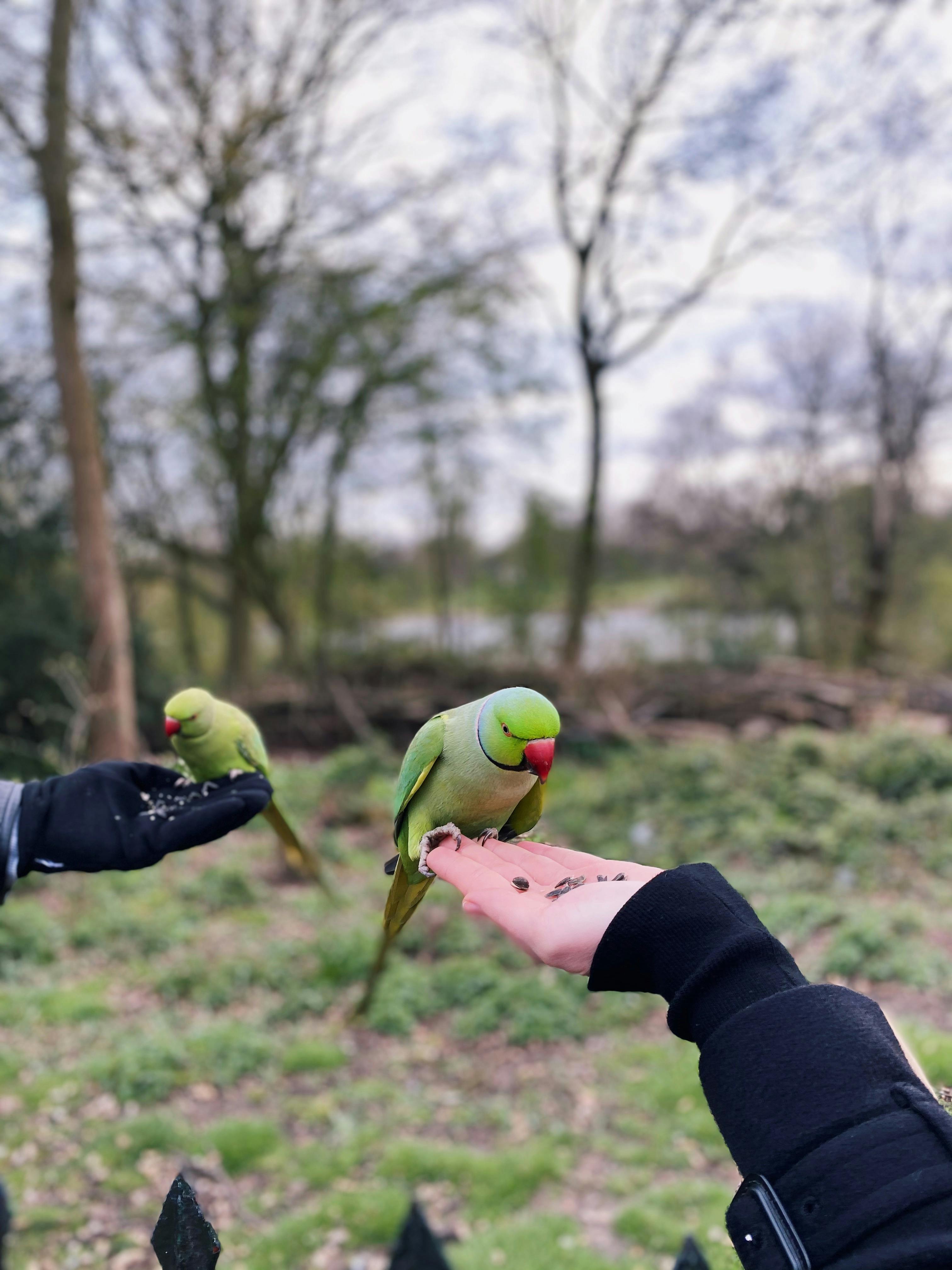
Effective Ways to Manage Critical Care for Rabbits in 2025
As pet owners, providing our rabbits with the best possible care is paramount, especially in critical situations. In 2025, managing critical care for rabbits requires a comprehensive understanding of their health needs, recognizing the signs of distress, and implementing effective emergency protocols. Rabbits are unique creatures with specific biological and behavioral traits that necessitate specialized care, particularly in emergencies.
This article aims to equip rabbit owners with essential knowledge on critical care management, covering topics from emergency rabbit care and veterinary treatment options to fluid therapy, pain management, and post-surgery care. Understanding these key areas not only fosters better health outcomes for our pets but also emphasizes the importance of owner education and preparedness.
We'll explore rabbit critical conditions, effective handling techniques, and methods to support overall well-being during emergencies. By the end of this article, you will have practical insights into maintaining your rabbit's health and ensuring they receive the emergency care they need when it matters most.
Key takeaways include understanding the signs of distress in rabbits, preparing an emergency rabbit kit, and learning effective resuscitation techniques.
Recognizing Signs of Distress in Rabbits
Understanding the signs of distress in rabbits is critical for effective emergency care. Rabbits often hide their symptoms, leading pet owners to miss vital signals. Key indicators include unusual changes in behavior, such as excessive hiding or aggression, altered eating habits, and changes in grooming behavior.
Behavioral Changes
Behavioral changes are often the first indication of illness. For instance, if your rabbit becomes less social or withdraws from familiar activities, it might be a sign of discomfort or pain. Common behavioral signs include lethargy, unusual vocalizations, and altered grooming patterns. Monitoring these behaviors closely can help you identify subtle health changes that warrant attention.
Physical Symptoms
Physical symptoms in rabbits can manifest as a noticeable change in posture or mobility. A rabbit in distress may adopt a hunched posture or appear reluctant to move. Additionally, observe for signs of dehydration, such as dry eyes and diminished skin elasticity. Regularly checking vital signs (heart rate and respiratory rate) can facilitate early detection of critical health issues.
(Importance of Monitoring Vital Signs)
Monitoring your rabbit's vital signs, such as heart rate and respiratory issues, is crucial in identifying potential emergencies. A normal heart rate for rabbits is typically between 130-330 beats per minute, depending on their size and age. If you notice significant deviations from these norms, immediate veterinary consultation is essential. This proactive approach can greatly increase the chances of successful treatment and recovery.
Building on these fundamentals of recognition, it’s imperative to channel this knowledge into practical emergency preparedness next.
Preparing an Emergency Rabbit Kit
Having a well-equipped emergency rabbit kit is crucial for every rabbit owner. This kit should contain essential medical supplies and emergency treatments tailored for rabbits, ensuring immediate access during a crisis.
Essential Medical Supplies
Your rabbit emergency kit should include basic items such as a first aid manual, gauze, adhesive bandages, and antiseptic wipes. Additionally, consider including specific medications as suggested by your veterinarian, like pain relief or hydration solutions. Keeping nutritional support items, such as critical care formulas, can significantly aid in recovery during emergencies.
Emergency Contacts and Resources
It is essential to have a list of emergency contacts readily available. Include your regular veterinarian's phone number, emergency animal clinics, and rabbit specialists in your area. Also, familiarize yourself with emergency rabbit transport options and services. This preparation can save valuable time during critical moments.
Creating an Emergency Action Plan
Having a clear and actionable emergency plan is vital. Consider rehearsing potential scenarios, including how to handle injury or sudden illness. Details like transport methods and immediate steps upon noticing distress can make a significant difference. Familiarity with your rabbit's behavior and health status allows you to act quickly and effectively in emergencies.
With your emergency kit prepared, it's now time to focus on specific critical care techniques that enhance the chances of recovery for your rabbit during emergencies.
Implementing Effective Rabbit Critical Care Techniques
Implementing effective critical care techniques can significantly alter the outcome for rabbits in distress. Understanding these methods will enhance your ability to provide timely and appropriate interventions during emergencies.
Fluid Therapy for Dehydrated Rabbits
Fluid therapy is crucial for rabbits suffering from dehydration or shock. Administering subcutaneous fluids can help restore hydration levels rapidly. It is vital to consult with a veterinarian to determine the appropriate type and amounts of fluids necessary based on your rabbit’s condition and weight.
Rabbit CPR and Resuscitation Techniques
Learning rabbit CPR can be lifesaving. In cases of respiratory distress or cardiac arrest, prompt action is required. Start by performing chest compressions gently, followed by monitoring for any breathing difficulties. When administered correctly, rabbit CPR can significantly increase survival rates in dire situations.
Nutrition During Critical Care
Proper nutrition plays a crucial role in a rabbit's recovery during critical care. Offering easily digestible foods, critical care formulas, or specially formulated rabbit food can provide necessary nutrients to support healing. Monitor their intake and adjust feeding strategies based on their recovery progress.
With insights into implementing critical care techniques, we now explore pain management strategies that help in the intricate journey of rabbits recovering from illness or injury.
Understanding Pain Management in Rabbits
Pain management is a critical component of effective rabbit care. Addressing pain not only improves the rabbit's overall quality of life but also facilitates better recovery post-emergency or surgical procedures.
Recognizing Signs of Pain in Rabbits
Rabbits can exhibit various signs of pain that may be subtle. Watch for indicators such as decreased appetite, changes in grooming habits, and reluctance to move. Identifying these signs early allows for timely intervention, enhancing the rabbit's comfort during recovery.
Medication Options for Pain Relief
Work with your veterinarian to explore appropriate medications for managing pain in rabbits. Common pain relief options may include NSAIDs like Meloxicam or Buprenorphine, which provide effective relief. Proper dosages based on the rabbit's weight are crucial to avoid adverse reactions.
Comfort Measures in Recovery
Offering comfort measures during the recovery period can significantly enhance your rabbit's emotional well-being. Soft bedding, a quiet environment, and gentle handling are essential for minimizing stress. Engaging in distraction techniques, such as gentle petting or low-level noises, can also aid in relaxation.
Harnessing pain management strategies sets the stage for further discussions on post-surgery care, ensuring rabbits receive the comprehensive support they need during recovery.
Post-Surgery Care and Recovery Protocols
Post-surgery care is paramount in ensuring your rabbit's healing process is smooth and effective. Understanding how to support your rabbit during this crucial phase can significantly impact their recovery outcome.
Monitoring Rabbit Vital Signs
Post-surgery, it is essential to monitor your rabbit's vital signs closely. Regular checks of their heart rate, respiratory rate, and temperature will help identify any signs of distress or complications early. A sudden change in these vital signs should prompt immediate veterinary attention.
Nutritional Support During Recovery
Diets during recovery should focus on nutritional support tailored to the rabbit's needs. Offer high-fiber options, gradual reintroduction of regular diets, and specific nutritional supplements recommended by a veterinarian. Staying vigilant about their eating habits can signal potential issues early on.
Signs of Complications to Watch For
Be proactive in identifying signs of complications, such as swelling, excessive bleeding, or behavioral shifts. Understanding the normal post-surgery recovery timeline is essential, as delays or unusual symptoms may indicate interference with healing. Regular check-ins on their condition facilitate a smoother recovery process.
Conclusively, ensuring your rabbit receives comprehensive post-surgery care paves the way for a successful recovery process. As we're equipped with strategies for managing critical care, it’s crucial to encapsulate why communication and shared education among rabbit owners foster a supportive community.
Communication and Education Resources for Rabbit Owners
Effective communication and education among rabbit owners are vital for fostering a knowledgeable community. Engaging rabbit care resources can empower owners to provide better care and facilitate collaboration within the community.
Finding Rabbit Veterinary Specialists
Establishing a relationship with a rabbit veterinary specialist is essential. These professionals have the expertise and tools necessary to address complex health issues, including critical care situations. Ensure you have their contact information readily available for emergencies.
Participating in Local Rabbit Care Workshops
Participating in local workshops or community meetings focused on rabbit care can enhance knowledge about best practices in rabbit health and emergency protocols. Many veterinary clinics and animal welfare organizations offer educational sessions that can empower you and other rabbit owners.
Utilizing Online Rabbit Care Resources
Online rabbit care blogs and forums serve as valuable platforms for sharing insights, experiences, and tips among rabbit owners. These platforms provide a wealth of information on everything from nutrition and pain management to recognizing emergency situations. Engaging with these communities can foster a more supportive environment for both you and your rabbits.
Having explored essential strategies for rabbit health, critical care management, and community resources available in 2025, you are now well-equipped to tackle the challenges of rabbit care. With the right knowledge and preparation, you can ensure that your beloved rabbits remain happy, healthy, and safe, even in emergencies.

